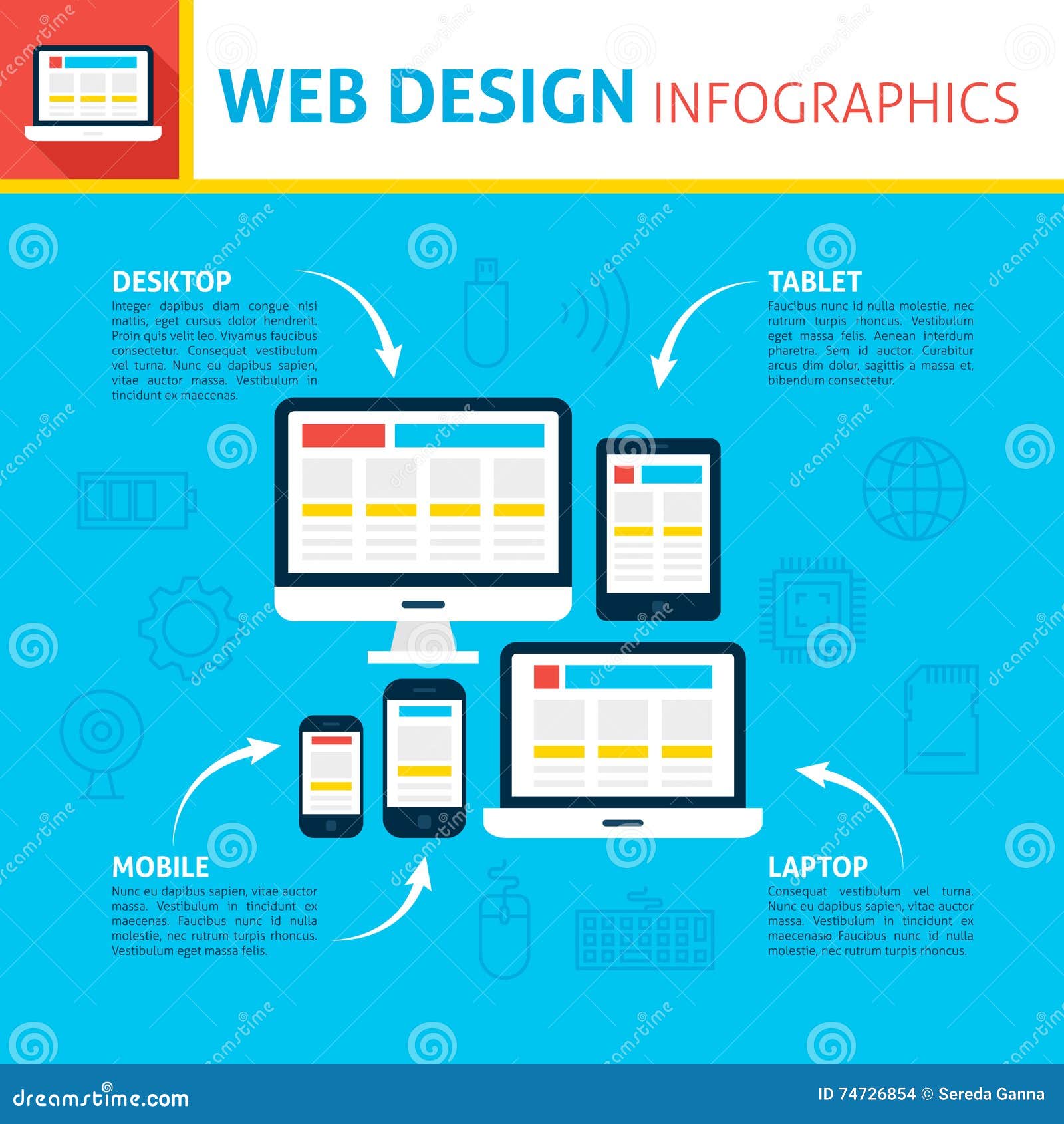The Advancement Of Website Style: From Earlier Times To Currently
The Advancement Of Website Style: From Earlier Times To Currently
Blog Article
Short Article By-Thorsen Stender
In the past, websites were simple and focused on info. Navigating was straight, and style was for desktop computers. Currently, individual experience is key. Information guides styles for simple navigating. Responsive designs suit various tools. Today, dark mode decreases stress, and minimal menus improve navigation. Interactive functions engage customers, and strong visuals stand out. AI combination increases engagement. See just how design has progressed to enhance your online journey.
Early Days of Web Design
In the very early days of web design, simpleness preponderated. Internet sites were fundamental, with limited shades, typefaces, and formats. The emphasis got on giving information as opposed to fancy visuals. Users accessed the net with sluggish dial-up connections, so speed and capability were key.
Navigation food selections were straightforward, commonly situated on top or side of the web page. Web sites were designed for computer, as mobile surfing had not been yet prevalent. Content was king, and developers focused on easy readability over intricate layout elements.
HTML was the main coding language utilized, and developers had to work within its restraints. Animations and interactive functions were minimal contrasted to today's criteria. Internet sites were fixed, with little vibrant material or personalized customer experiences.
Surge of User-Focused Design
With the evolution of internet site layout, a change towards user-focused style principles has ended up being significantly noticeable. Today, creating internet sites that focus on customer experience is important for engaging site visitors and accomplishing company objectives. User-focused layout involves understanding the requirements, preferences, and actions of your target market to tailor the web site's format, material, and includes accordingly.
Developers now carry out complete study, such as user studies and functionality testing, to collect insights and comments straight from customers. https://www.forbes.com/sites/forbescommunicationscouncil/2021/08/25/whats-always-on-content-marketing-and-why-should-you-be-doing-it/ -driven technique aids in creating intuitive navigating, clear calls-to-action, and aesthetically enticing user interfaces that reverberate with visitors. By positioning the user at the facility of the layout process, sites can deliver a much more tailored and enjoyable experience.
Responsive layout has actually likewise emerged as a vital aspect of user-focused style, making sure that web sites are enhanced for different devices and display sizes. This versatility enhances availability and functionality, dealing with the varied ways individuals engage with websites today. Essentially, the increase of user-focused design signifies a change towards producing electronic experiences that focus on the demands and expectations of completion customer.
Modern Trends in Website Design
Check out the latest trends shaping web design today. One famous fad is dark mode style, providing a smooth and modern-day appearance while decreasing eye pressure in low-light environments. One more crucial fad is minimalist navigating, simplifying food selections and enhancing individual experience by concentrating on essential elements. Incorporating micro-interactions, such as animated switches or scrolling impacts, can create a more interesting and interactive site. Responsive design stays essential, making sure seamless individual experiences throughout different tools. In addition, making use of vibrant typography and asymmetrical layouts can add visual passion and draw attention to particular web content.
Integrating AI modern technology, like chatbots for customer support or individualized suggestions, boosts individual interaction and streamlines processes. Access has also end up being a substantial fad, with designers focusing on inclusive layout methods to satisfy diverse user requirements. Accepting sustainability by optimizing website efficiency for rate and performance is an additional emerging trend in web design. Collaborating with individual feedback and information analytics to iterate and enhance style continuously is crucial for remaining relevant in the ever-evolving digital landscape. By welcoming these contemporary fads, you can create an aesthetically attractive, user-friendly website that reverberates with your audience.
Final thought
As you assess the advancement of web site design from the early days to now, you can see just how user-focused style has become the driving pressure behind contemporary patterns.
Embrace the trip of adjustment and adaptation in web design, constantly maintaining the user experience at the leading edge.
Keep existing with the current patterns and modern technologies, and never ever quit developing your method to produce aesthetically stunning and straightforward websites.
Develop, adapt, and produce - the future of website design is in your hands.
